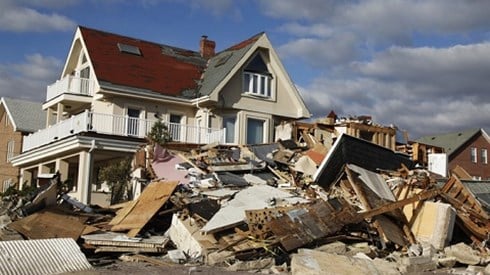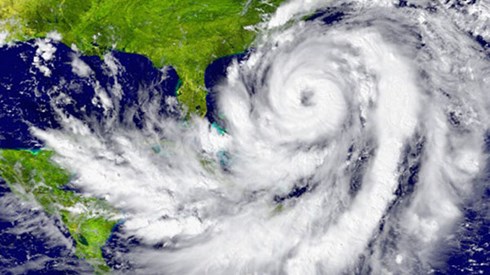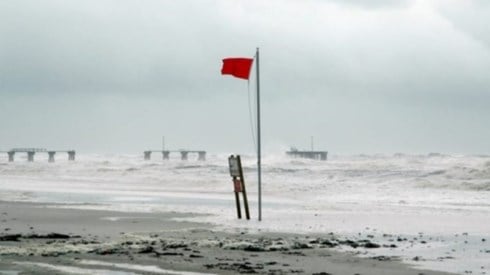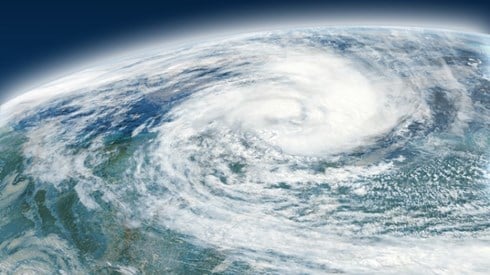Triple-I Paper Links Rising Hurricane Costs to More Coastal Building
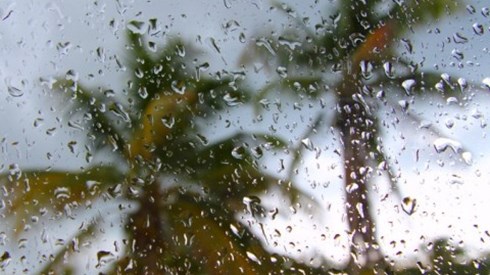
September 03, 2020

US hurricane seasons are becoming more expensive because more Americans are living in coastal states, according to a new white paper from the Insurance Information Institute (Triple-I).
The white paper, "Hurricane Season: More Than Just Wind and Water," says that repairing and replacing sizable wind-damaged homes are among the reasons insured loss payout figures continue to climb after hurricanes, despite improved weather forecasting and greater public awareness about the storms.
"The fact that people are moving more and more into areas that are prone to natural catastrophes is playing a greater role than either weather or climate when it comes to impacting hurricane-caused insured loss payouts," Sean Kevelighan, the Triple-I's CEO, said in a statement. "Unfortunately, larger and more expensive homes have been built for decades in hurricane-prone communities."
The Triple-I noted that last week's Hurricane Laura was the latest storm to generate multi-billion-dollar insured loss payouts. Nine of the 10 costliest hurricanes in US history—as defined by the dollars paid out in auto, home, and business insurance claims—have occurred since 2004, the Triple-I said. Three of the five costliest—Hurricanes Harvey, Maria, and Irma—hit the United States in a single year (2017), the paper notes.
The Triple-I's white paper examines how insurers, risk managers, businesses, and individuals are responding to mitigate hurricane risks and improve community resilience through such methods as improved modeling and forecasting, advances in aerial imagery, and better building codes.
The Triple-I noted that aerial imagery has become particularly important in hurricane response as the COVID-19 pandemic complicates the process of putting personnel on the ground.
September 03, 2020
